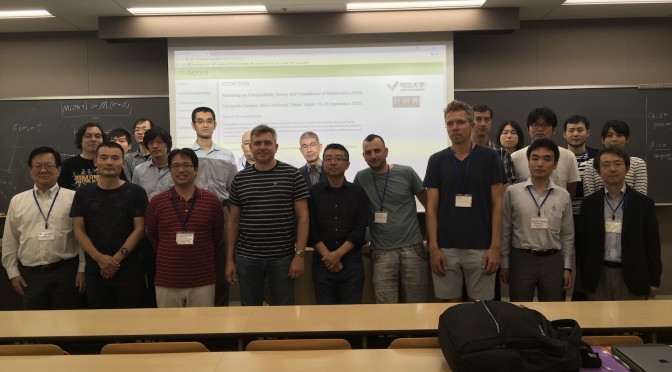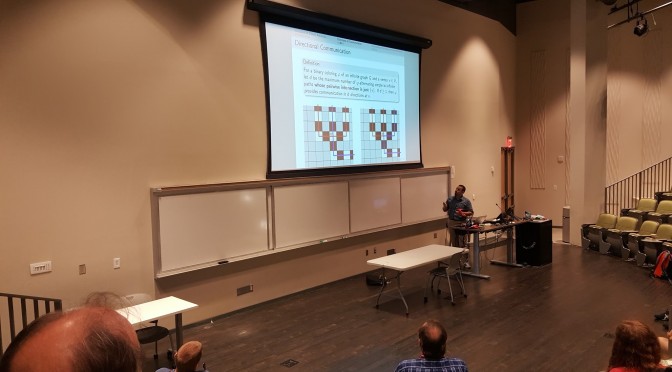As of June 15, 2006, we are not posting emails for ANY third party. To post one must be a subscriber to the list. If you are having problems first confirm yourself as subscriber (directions are below) and if that does not work please remove yourself from the list and resubscribe. Directions on how to do this can be found by following the links below.
To use the list just send email to comp-thy@lists.hawaii.edu, the list server will take care of the rest. You must be a member of the list to send mail to the list. Anyone is free to join the list. Use the list just as you would a normal email address expect for the fact that everyone subscribed to the list will receive a copy of your email. It may take some time before your message reaches everyone on the list. You may use the list as you see fit.
Although it would be best if it were used for short announcements of interest to all computability theorists.
A WORD OF CAUTION: Large files cause problems for many mailers.
Using the list server
The list server at University of Hawaii maintains the mailing list. It can do many things. For example, it can be used to subscribe, unsubscribe, or look at the archive for the list. These and others tasks are completed by issuing commands to the list server. The easiest way to do this is do use the WWW interface at listserv.hawaii.edu.
Note only COMP-THY subscribers may access the list archives. When you attempt to access the archives, you will be asked for your email address and a password. If you already have a password for listserv.hawaii.edu, use that password to access the COMP-THY list. If you do not have a password for listserv.hawaii.edu, go to listserv.hawaii.edu to sign up.







